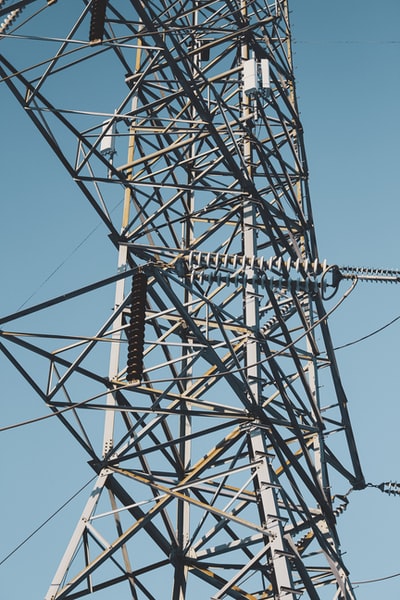
An object accelerates only when the resultant force isn’t zero. However, this acceleration depends on two factors:
- The size of the force: an object accelerates in the direction of the resultant force. The larger the force is, the greater the acceleration will be. So, if you double a resultant force then the acceleration will also double.
- The mass: an object accelerates in the direction of the resultant force. A force put on a small mass will accelerate it more than the same force put on a larger mass. So, if you double the mass then the acceleration will be halved.
Acceleration can be calculated using the following equation:
a = F / m
- – F is the resultant force in newtons (N)
- – m is the mass of the object in kilograms (kg)
- – a is the acceleration of the object in metres per second squared (m/s2)
——————————————————
Weight and mass
Weight and mass aren’t the same thing.
– Mass is the amount of stuff contained within an object.
- – Weight is a force which acts on the stuff. It’s due to Earth’s gravitational field which pulls objects downwards towards the Earth’s centre.
Weight can be calculated by using the following equation:
W = m x g
- – W is the weight in newtons (N)
- – m is the mass in kilograms (kg)
- – g is the strength of the gravitational field in newtons per kilogram (N/kg)
The gravitational force on the Moon is only one-sixth of that found on Earth. This means that on the Moon you’d weigh less. However, your mass wouldn’t change.
If an object is falling to Earth then you use a different equation to figure out its weight:
W = m x a
- – W is the weight in newtons (N)
- – m is the mass in kilograms (kg)
- – a is acceleration due to gravity (m/s2)
 – Mass is the amount of stuff contained within an object.
– Mass is the amount of stuff contained within an object.